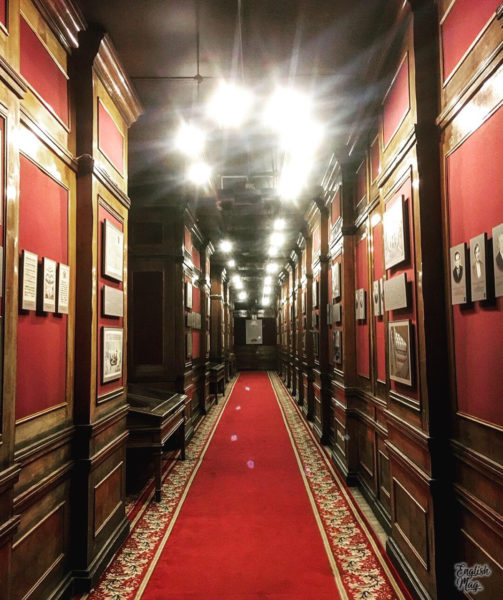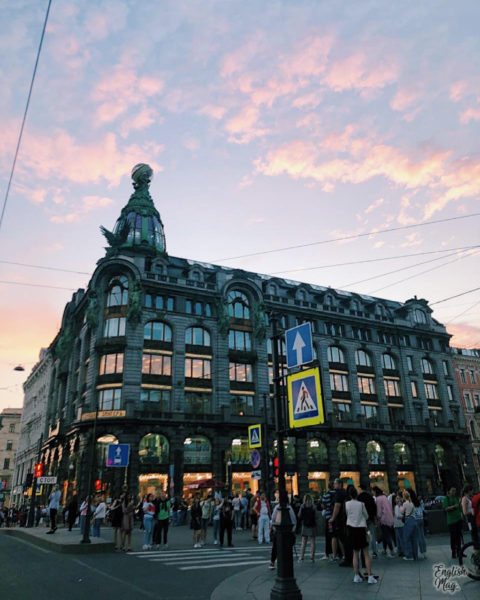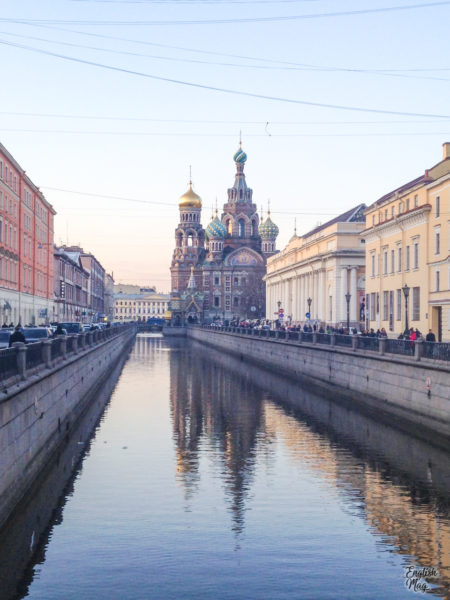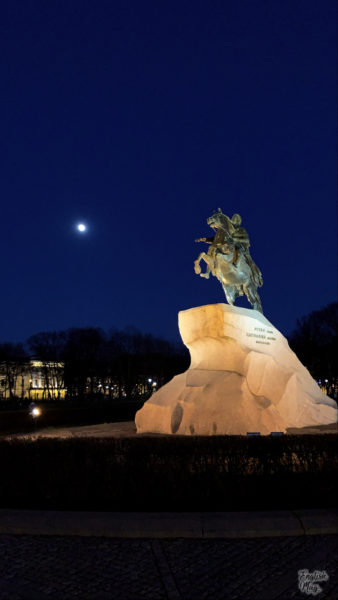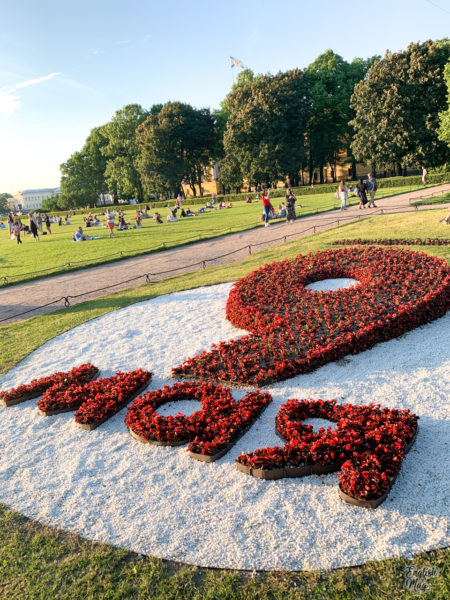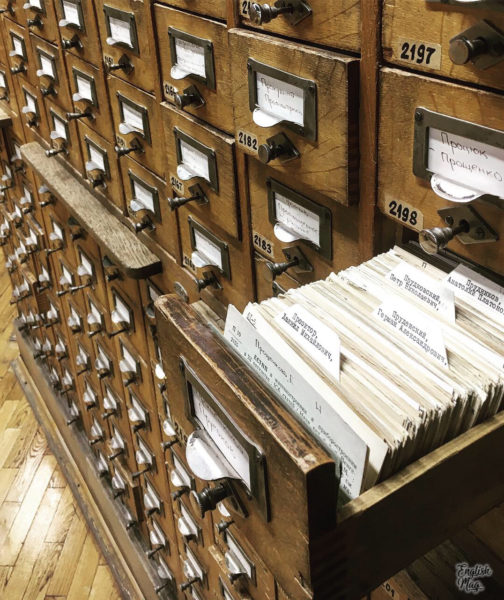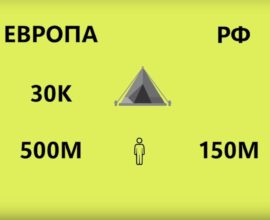Saint Petersburg Blog
Saint Petersburg and its surroundings // Санкт-Петербург и окрестости
Saint Petersburg is truly named as the cultural capital and worth seeing city in Russia. But why? Read this travel blog to find out. // Санкт-Петербург действительно назван культурной столицей и достойным внимания городом в России. Но почему? Прочтите этот блог о путешествиях, чтобы узнать это. (English-Russian article with parallel translation – статья с параллельным англо-русским переводом)
Text: Ekaterina Kovalenko, Nikita Myshov
Photos: Vlad Tishchenko, Arina Melnikova, Dmitry Verbitsky
Saint Petersburg, Russia:
From the very beginning of its existence, Saint Petersburg has impressed visitors of the city with the abundance of water spaces and the splendor of imperial residences, the number and decoration of mansions. The city is located at the mouth of the Neva River on the shore of the Gulf of Finland and is named after St. Peter the Apostle.
The great Emperor Peter I established the first museum – Kunstkamera. Later, the personal collection of Empress Catherine II laid the foundation for the Hermitage. The most talented architects, musicians, writers, and artists flocked to the city. Now Saint Petersburg is rightly called the cultural capital of Russia. This is not the only nickname given to the city: Northern Venice, Northern Rome, Palmyra and many others.
С самого начала своего существования Санкт-Петербург поражал гостей города и обилием водных пространств, и пышностью императорских резиденций, а также количеством и убранством особняков. Город расположен в устье реки Невы на берегу Финского залива и назван в честь святого апостола Петра.
Великий император Пётр I учредил первый музей – Кунсткамеру. Позже личная коллекция императрицы Екатерины II заложила основу Эрмитажа. В город стекались талантливейшие архитекторы, музыканты, писатели, художники. Сейчас Санкт-Петербург по праву называют культурной столицей России. Это не единственное прозвище, которое присвоено городу: Северная Венеция, Северный Рим, Пальмира и ещё многие другие.
Since the founding of the city in 1703, a huge number of events have taken place, both beautiful and tragic. Such great works of architecture as the Winter Palace, the Trinity Cathedral of the Alexander Nevsky Lavra, the Anichkov Palace, and the Grand Peterhof Palace were created. In 1825, there was a Decembrist uprising on the Senate Square, in 1917
– the February and October revolutions, which ended with the overthrow of Emperor Nicholas II. It was also the site of the famous Leningrad siege during the Great Patriotic War, which lasted for 900 days and took the lives of hundreds of thousands of people.
С момента основания города в 1703 году произошло огромное количество событий, как прекрасных, так и трагических. Созданы такие величайшие произведения архитектуры, как Зимний дворец, Троицкий собор Александро-Невской лавры, Аничков дворец, Большой Петергофский дворец. В 1825 году произошло восстание декабристов на Сенатской площади, в 1917
– Февральская и Октябрьская революции, которые за- кончились свержением императора Николая II. Также на территории этого города имела место знаменитая блокада Ленинграда в Великую Отечественную войну, продолжавшаяся на протяжении 900 дней и унёсшая жизни сотен тысяч людей.
MAIN SQUARE
The famous Palace Square in its entire history has repeatedly served as the centre of epochal events in the country. The ensemble of the square includes the Winter Palace (now the main building of the State Hermitage Museum), the Main Headquarters, the Alexander Column and the Admiralty. Palace Square is included in the UNESCO World Heritage List.
In 1721 Peter the Great made a plan for the city, on the basis of which it was subsequently built. From the Admiralty building, three rays diverged in different directions, which became the main highways that cut through the space of Admiralty Meadow (now Palace Square).
ГЛАВНАЯ ПЛОЩАДЬ
Знаменитая Дворцовая площадь за всю свою историю не раз выступала центром эпохальных событий страны. В ансамбль площади входит Зимний дворец (ныне главное здание Государственного Эрмитажа), Главный Штаб, Александровская колонна и Адмиралтейство. Дворцовая площадь включена в список всемирного наследия ЮНЕСКО.
В 1721 году Петром I план города, по которому он и строился в дальнейшем. От здания Адмиралтейства расходились в разные стороны три луча, ставшие главными магистралями, разрезавшими пространство Адмиралтейского луга (ныне – Дворцовой площади).
ARCHITECTURAL HERITAGE OF THE CITY
According to the charter of St. Petersburg, the historical symbols of the city are the angel on the spire of Peter and Paul Cathedral, boat on the spire of Admiralty buildings and ‘‘The Bronze Horseman’’ monument.
Peter and Paul Fortress is the historical core of the city, located on Zayachy Island. The date of the foundation of the fortress became the day of the foundation of the city – May 27. It was in 1703. Historically, the Peter and Paul Fortress was not used in any battle. However, it found a different use – from the first quarter of the XVIII century to the 1920s, a prison was located on its territory.
During the XVIII–XIX centuries, buildings and structures for various purposes were built on the territory of the fortress: a Bot House, an Arsenal, a Mint, a Commandant’s and Engineering house, as well as a guardhouse and others.
АРХИТЕКТУРНОЕ ДОСТОЯНИЕ ГОРОДА
Согласно уставу Санкт-Петербурга, историческими символами города являются ангел на шпиле Петропавловского собора, кораблик на шпиле Адмиралтейства и памятник «Медный всадник».
Петропавловская крепость – историческое ядро города, расположенное на Заячьем острове. Дата закладки крепости стала датой основания города – 27 мая. Это было в 1703 году. Исторически сложилось так, что Петропавловская крепость не использовалась ни в одном сражении. Однако ей нашли другое применение – с первой четверти XVIII века и до 1920-х гг. на её территории была расположена тюрьма.
В течение XVIII–XIX веков на территории крепости были построены здания и сооружения разного назначения: Ботный дом, Артиллерийский цейхгауз, Монетный двор, Комендантский и Инженерный дом, a также гауптвахта и другие.
Photos by Aleksandr Petrosyan www.instagram.com/petrosphotos
Peter and Paul Fortress
Already in the XVIII century, the fortress became a place of imprisonment of state criminals, in the XIX century – the main political prison in Russia. During the reign of Emperor Alexander I in the early 19th century, the fortress was first opened to visitors. In the 1900s, the Peter and Paul Cathedral hosted guided tours around the Imperial necropolis. In 1924, the Trubetskoy Bastion prison became a museum.
In 1954, the complex of buildings of the Peter and Paul Fortress was transferred to the State Museum of the History of Leningrad (St. Petersburg).
Уже в XVIII веке крепость стала местом заключения государственных преступников, в XIX – главной политической тюрьмой России. При императоре Александре I в начале XIX века крепость впервые была открыта для посетителей. В 1900-е годы в Петропавловском соборе проводились экскурсии по императорскому некрополю. В 1924 году тюрьма Трубецкого бастиона превратилась в музей.
В 1954 году комплекс зданий Петропавловской крепости был передан Государственному музею истории Ленинграда (Санкт-Петербурга).
St. Isaac’s Cathedral of Dalmatia (on the magazine cover) – one of the main attractions of St. Petersburg. The temple had been rebuilt four times before it acquired its modern appearance. The author of the project of the fourth cathedral, which was intended to become the main Orthodox shrine of the empire, was the architect Auguste Montferrand. Construction of the cathedral and work on its design continued for 40 years – from 1818 to 1858. Currently, divine services in the cathedral are held daily.
Кафедральный собор Исаакия Далматского (на обложке журнала) – одна из главнейших достопримечательностей Петербурга. Храм перестраивался четыре раза до того, как приобрёл свой современный вид. Автором проекта четвёртого собора, которому предназначалось стать главной православной святыней империи, стал архитектор Огюст Монферран. Строительство собора и работа над его оформлением продолжались на протяжении 40 лет – с 1818 по 1858 годы. В настоящее время богослужения в соборе про- водятся ежедневно.

Cathedral of the Resurrection of Christ
This cathedral, created in the Russian-Byzantine style, stands out among the cathedrals of Saint Petersburg with its unusual appearance for Russian architecture of the XVI- XVII centuries. The cathedral was erected in 1883-1907, in the place where on March 1, 1881 the terrorist I. Grinevitsky fatally wounded Emperor Alexander II. This is why the cathedral is usually called The Saviour on the Blood. It is now a branch of the St Isaac’s Cathedral Museum.
Собор Воскресения Христова
Этот собор, созданный в русско-византийском стиле, выделяется среди петербургских храмов необычным для русского зодчества XVI-XVII вв. обликом. Храм возводили в 1883-1907 гг., там, где 1 марта 1881 г. террорист И. Гриневицкий смертельно ранил императора Александра II. Поэтому собор обычно называют Спас на Крови. Ныне он является филиалом музея «Исаакиевский собор».
Questions for discussion:
-
- Have you been to St.Petersburg? Do you want to go there (again)? Why?
- What makes St.Petersburg so special?
- What places would you like to visit? Why?
-
- Famous Zinger building where VK headquarters is situated
More great photos from St. Petersburg // Больше классных фотографий из Санкт-Петербурга –
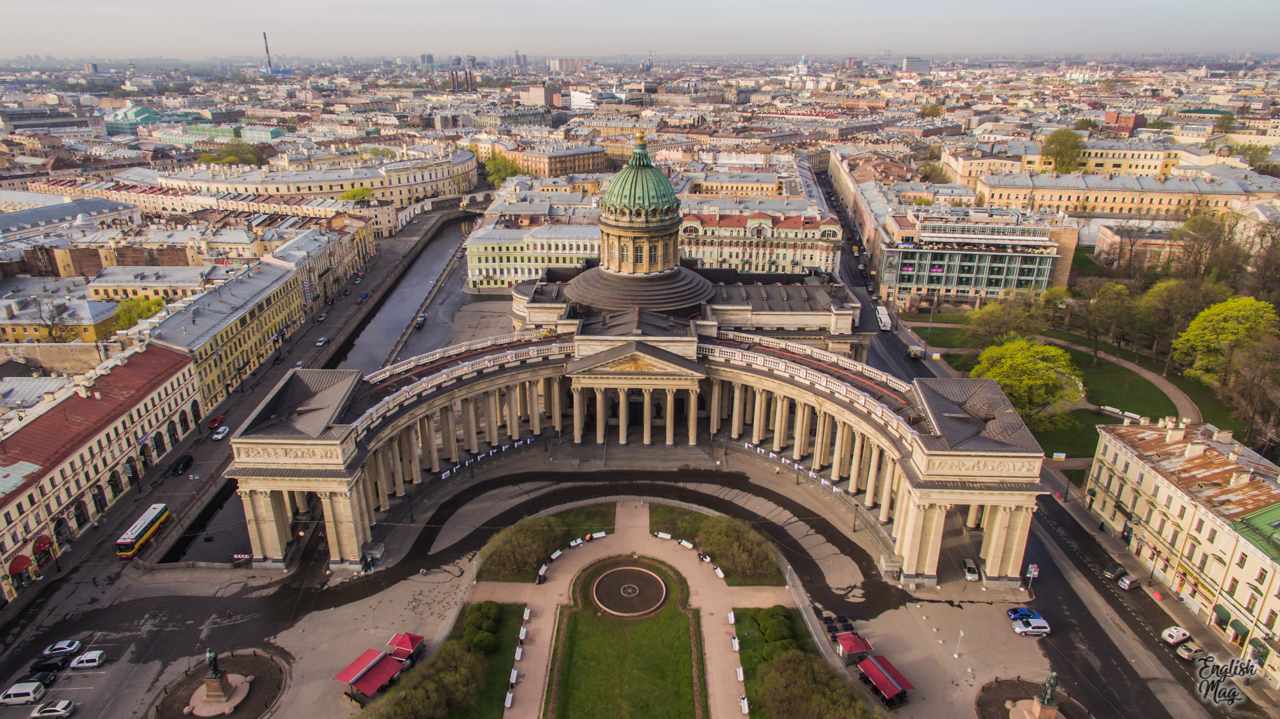
 EnglishMag subscriber, Arina Melnikova was glad to share her thought about Saint Petersburg:
EnglishMag subscriber, Arina Melnikova was glad to share her thought about Saint Petersburg:
I moved to St. Petersburg when I was 4 years old, and this is great, because a big city gives me more opportunities in education, career, entertainment. Most of all, I love my sleeping area in the north of the city, because this area is my home. Of course, the city centre is a very beautiful and historical place. In this article, I share my route. Usually in the centre I walk along the palace square next to the Hermitage (one of the largest art museums in the world), then I go to I’m going to St. St. Isaac’s Cathedral. The monument to Peter 1 stands nearby and is called the bronze horseman. Tsar Peter the Great founded St. Petersburg. Next I come back to Nevsky prospect (the main street of the city since 1710) and go to the side of the Church Saviour on Blood. Near the church there are 3 beautiful gardens: the Mikhailovsky Garden, the Summer Garden and the Field of Mars. You can spend the whole day walking around St. Petersburg, and after 12 o’clock at night you can see the drawbridges. It is especially beautiful to see it from the ship on the water. Come to St. Petersburg at any time of the year – this city is always beautiful.
Her great photos:
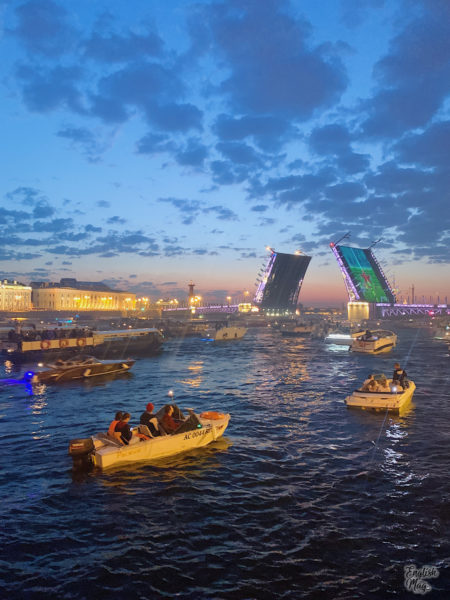
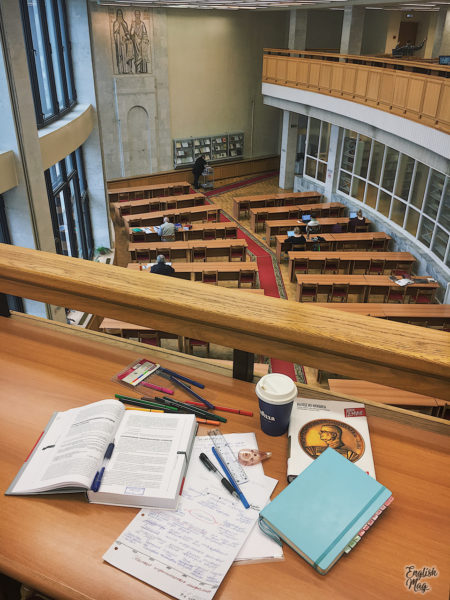
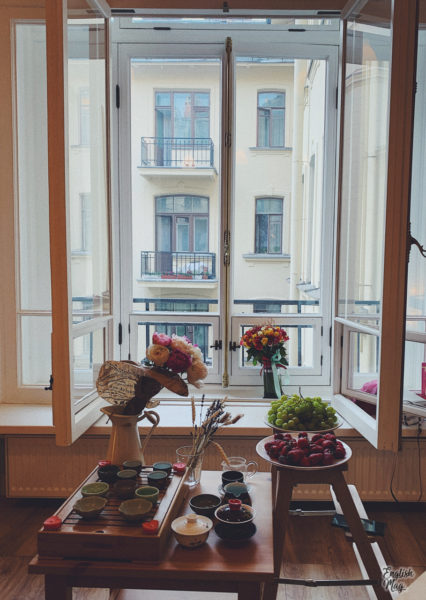
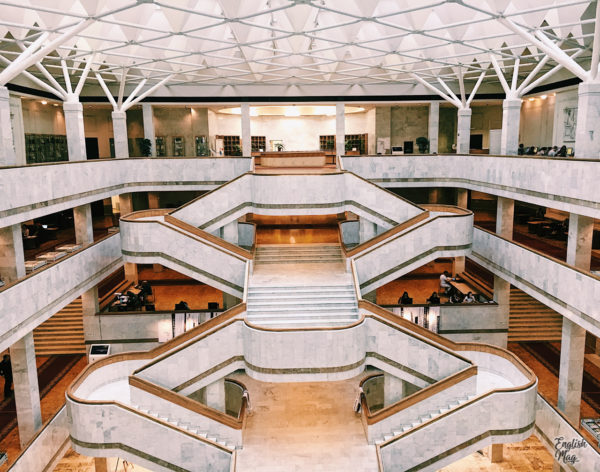
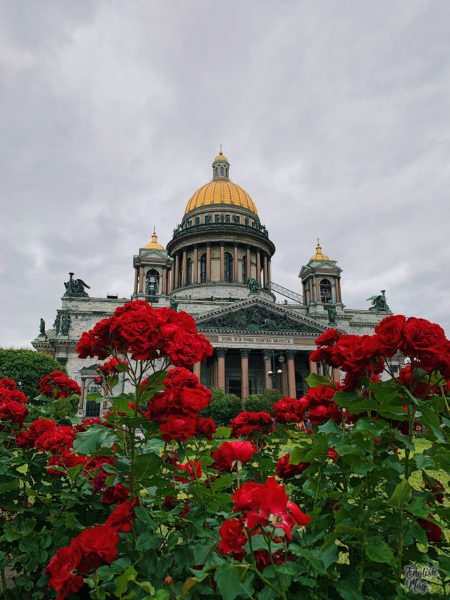
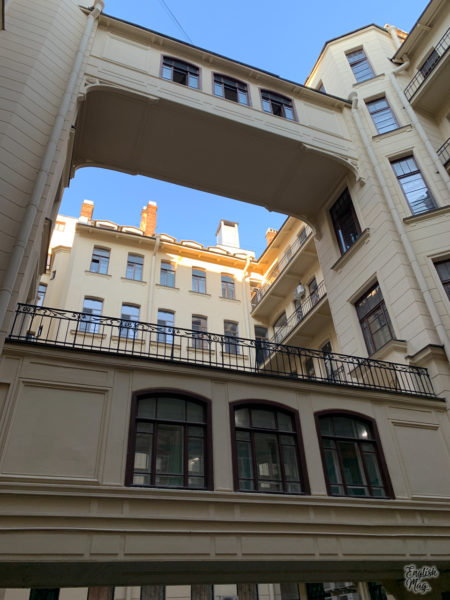
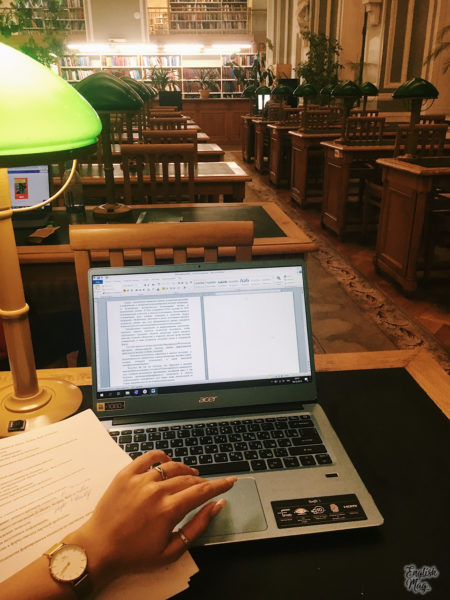
St. Petersburg Open 2018: Daniil Medvedev exclusive interview and photo-reportage

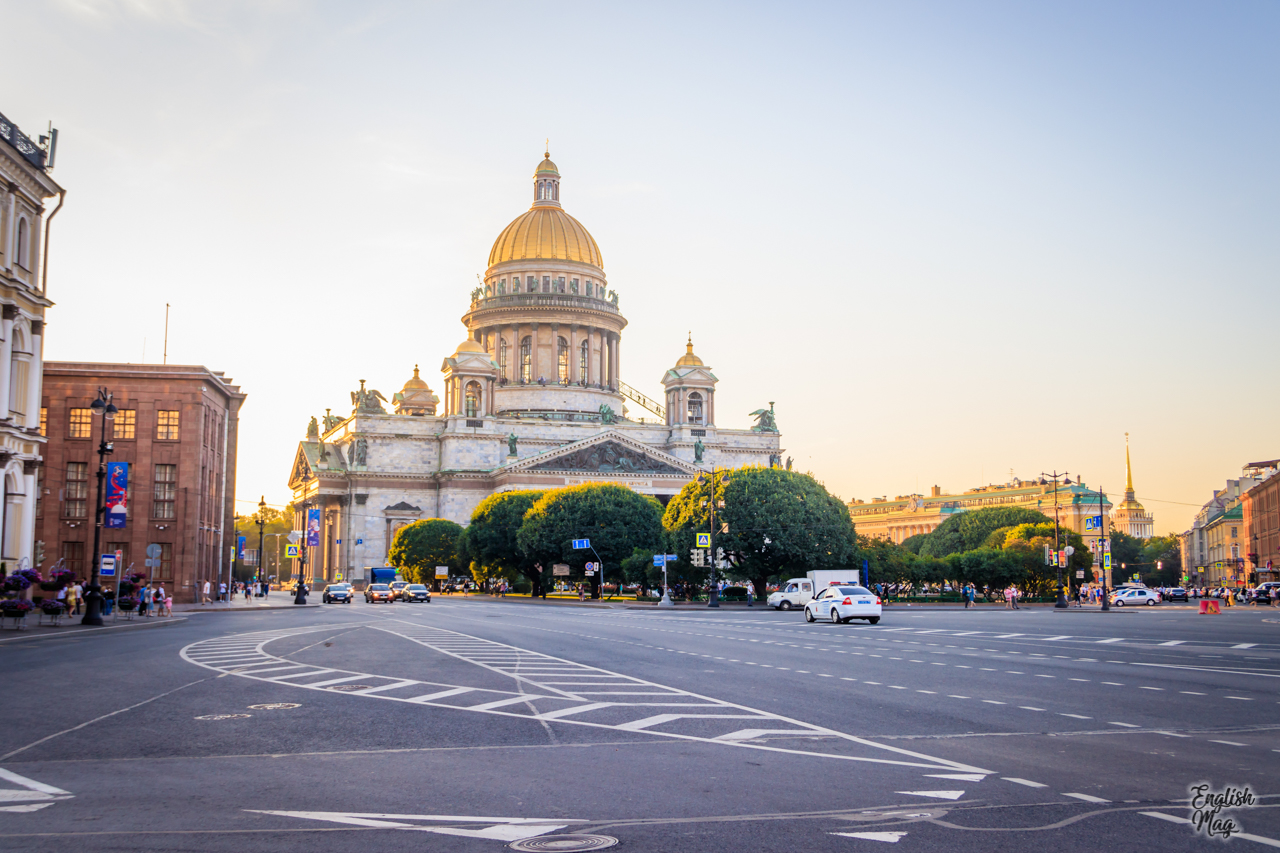
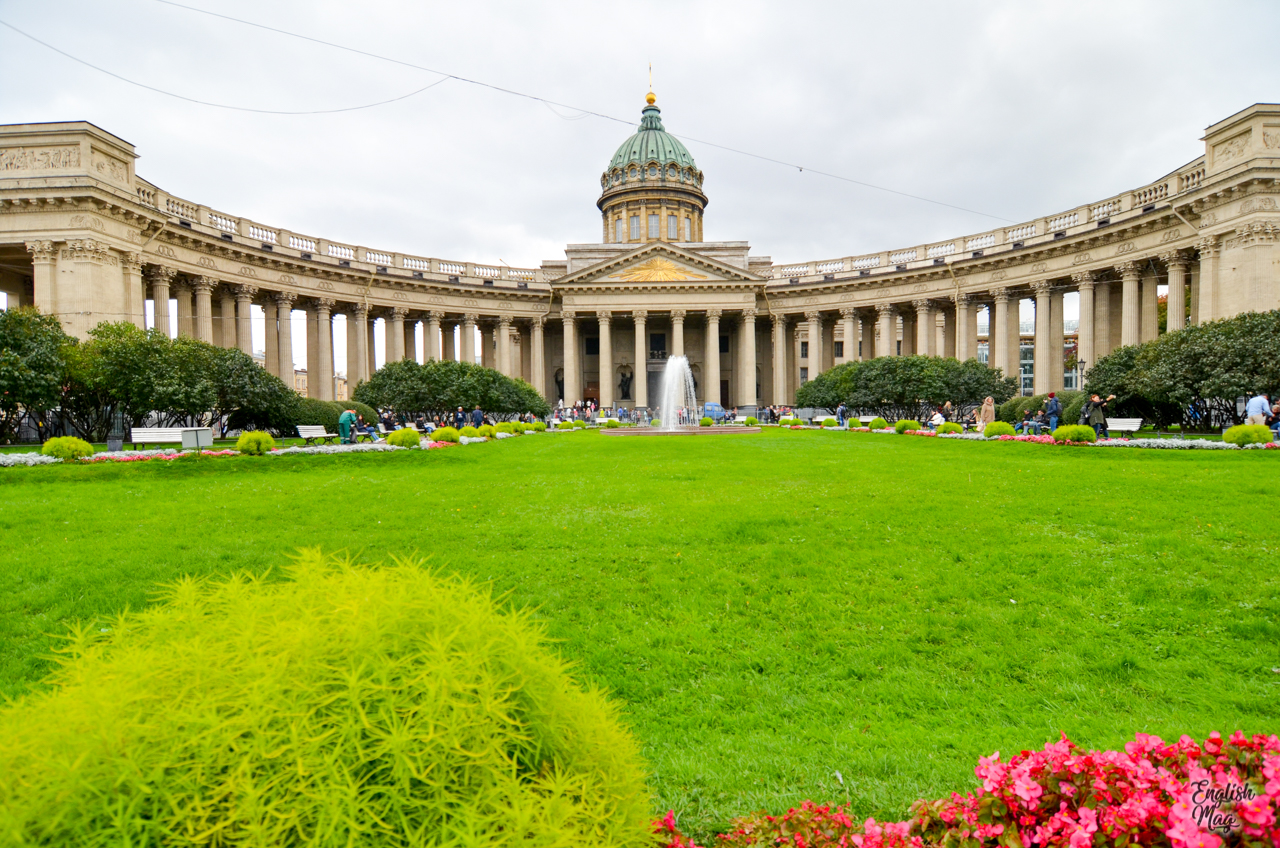
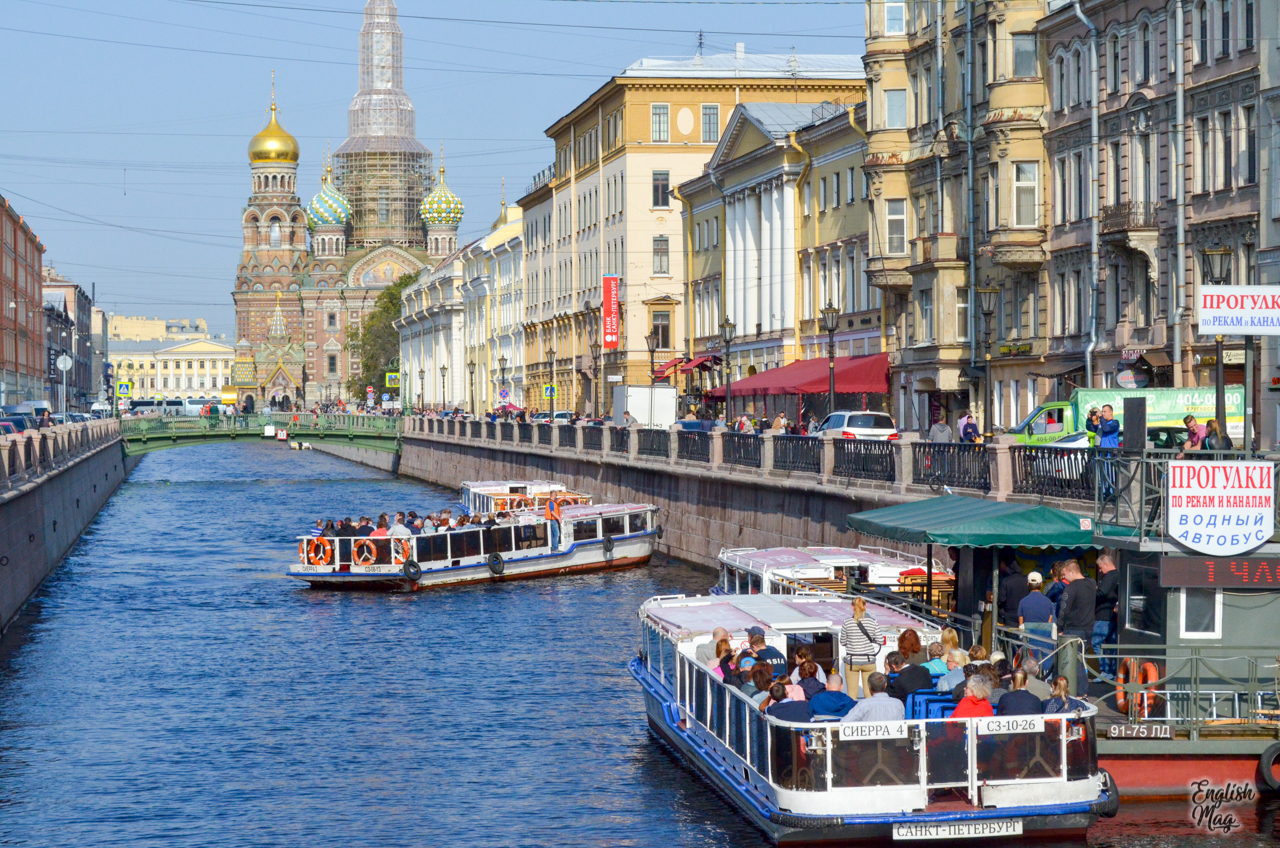
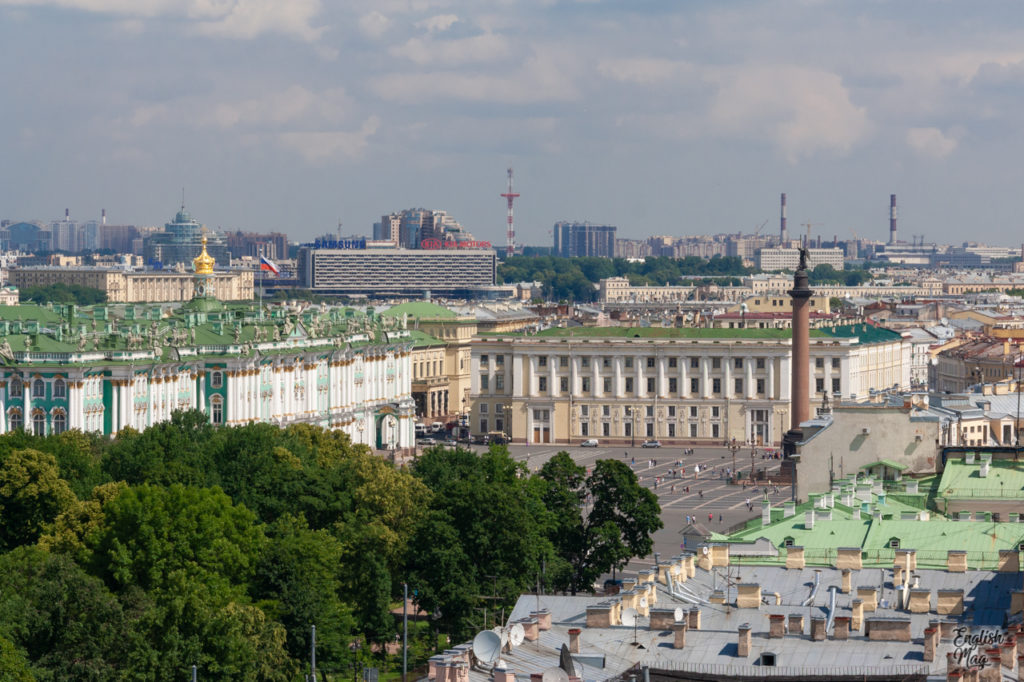
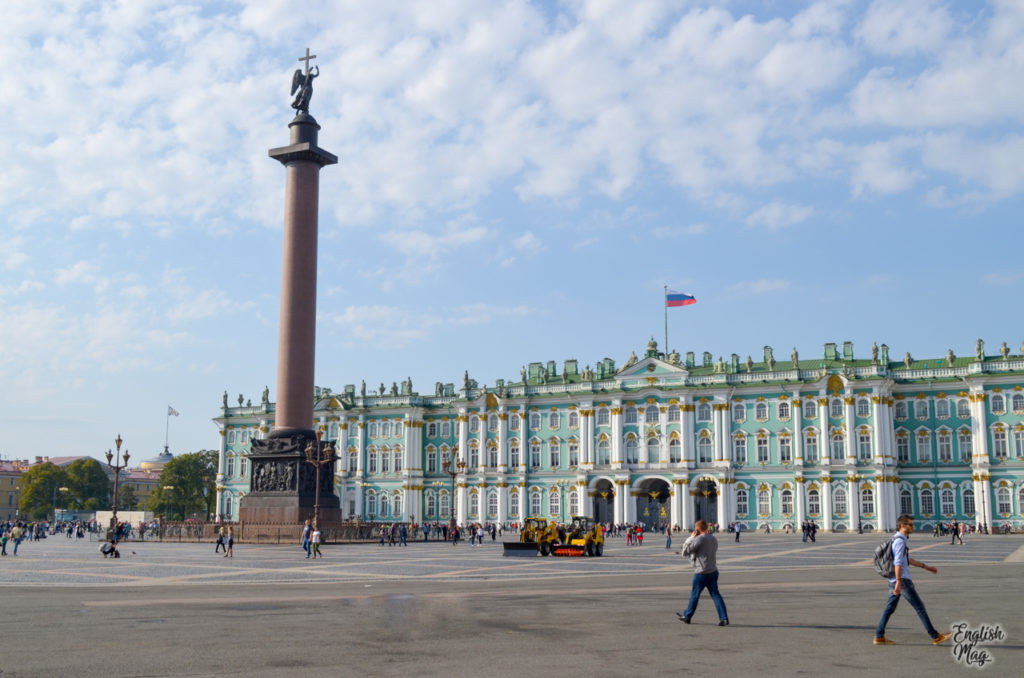


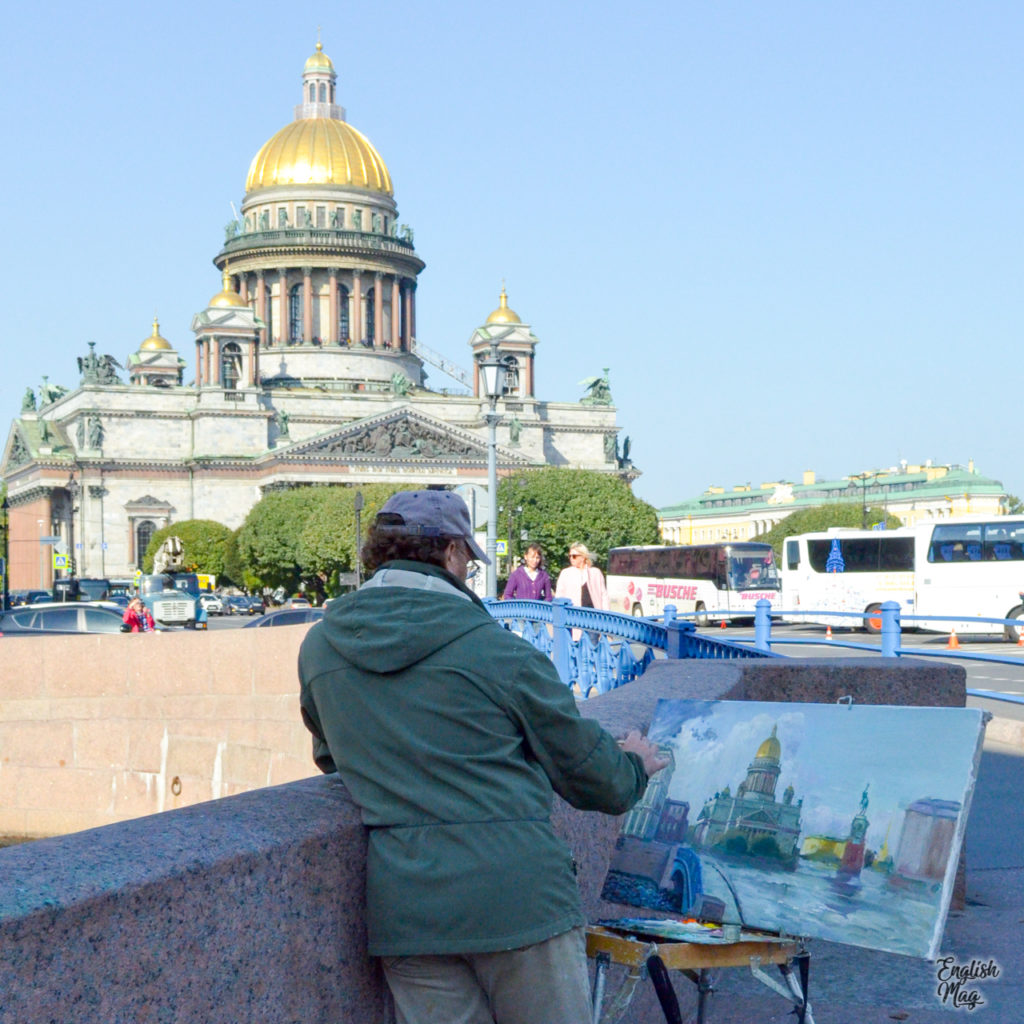
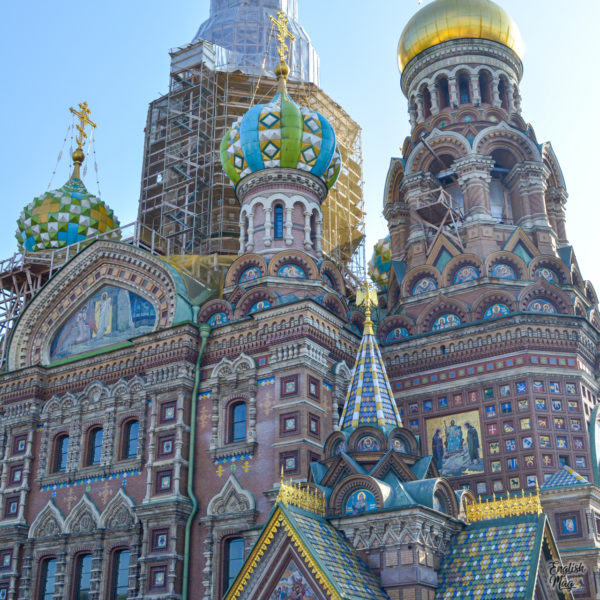

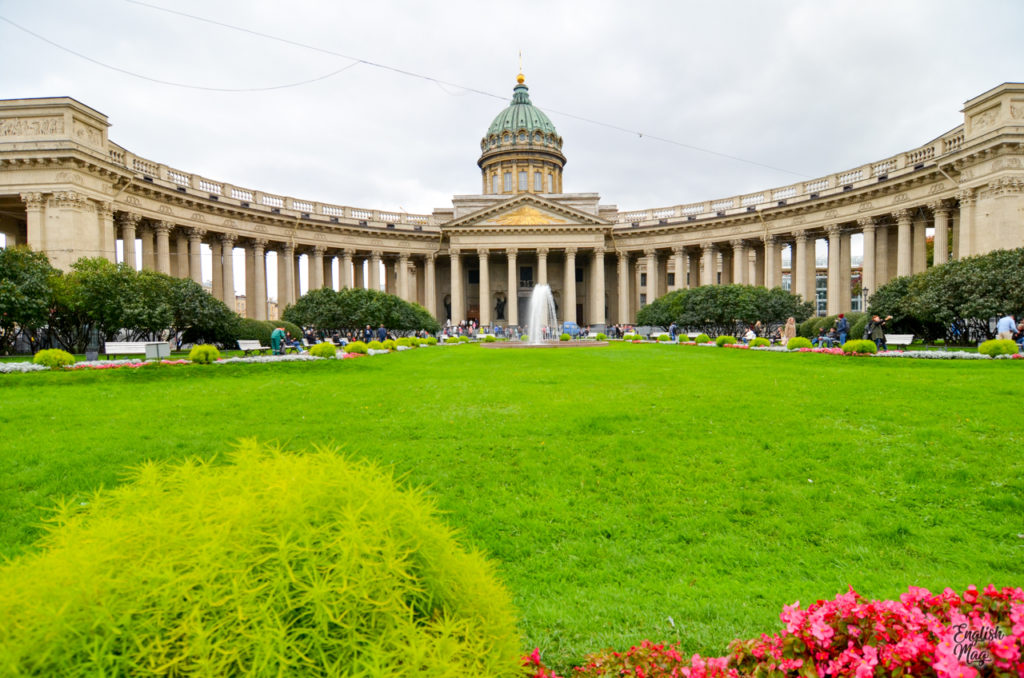
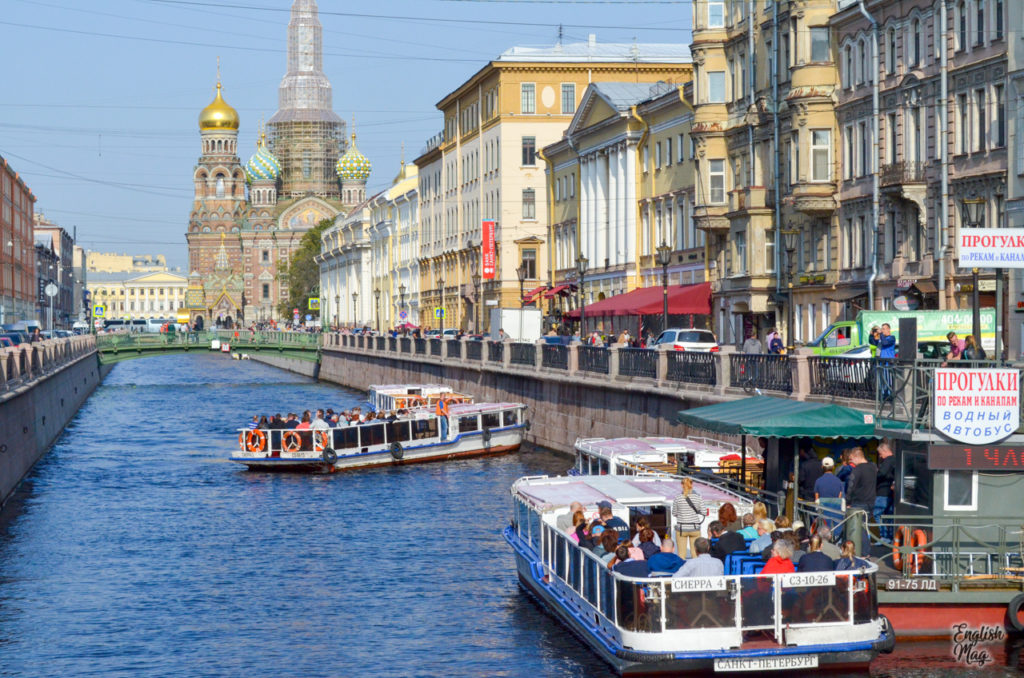
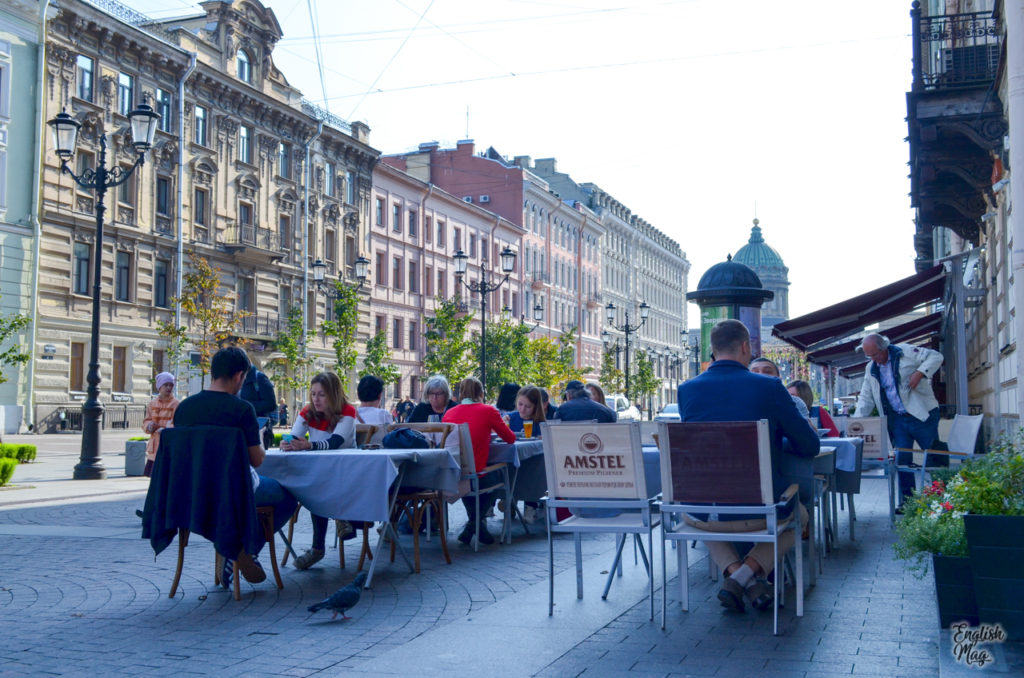
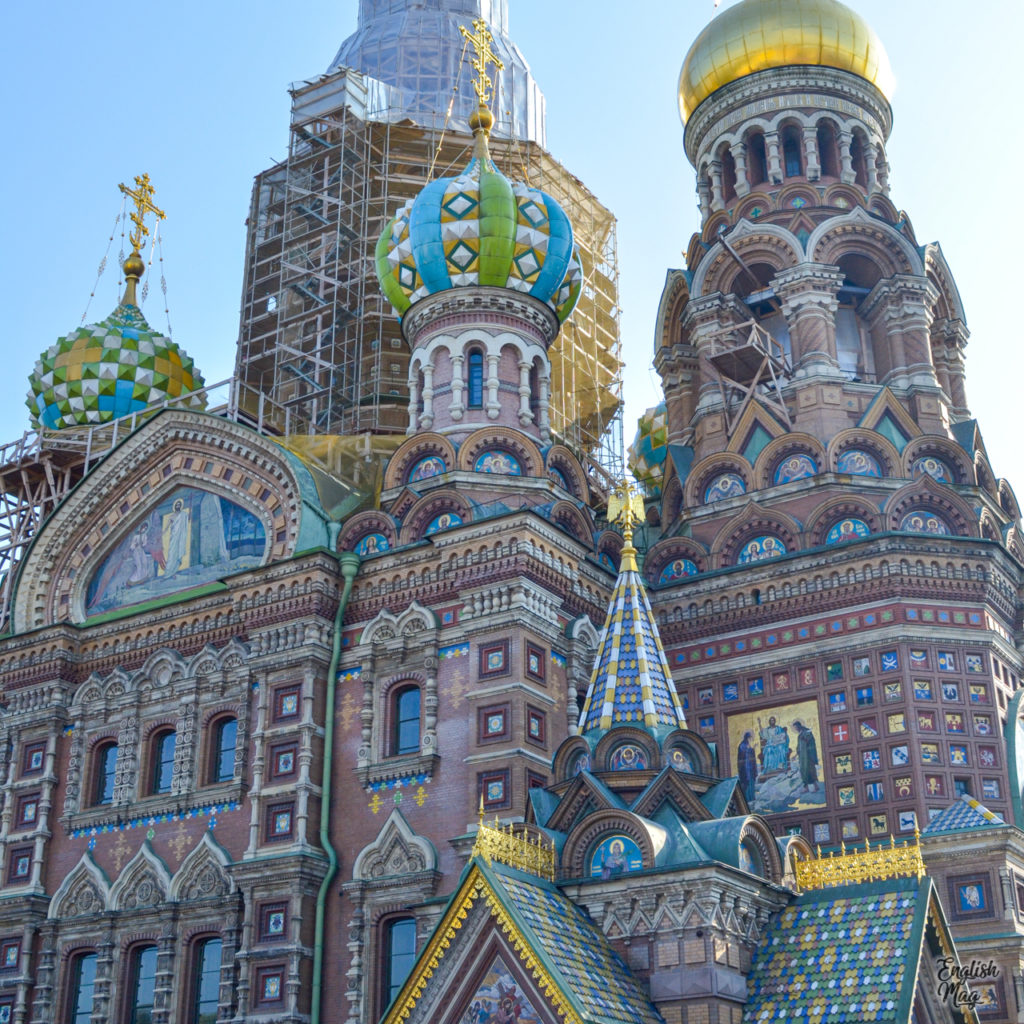
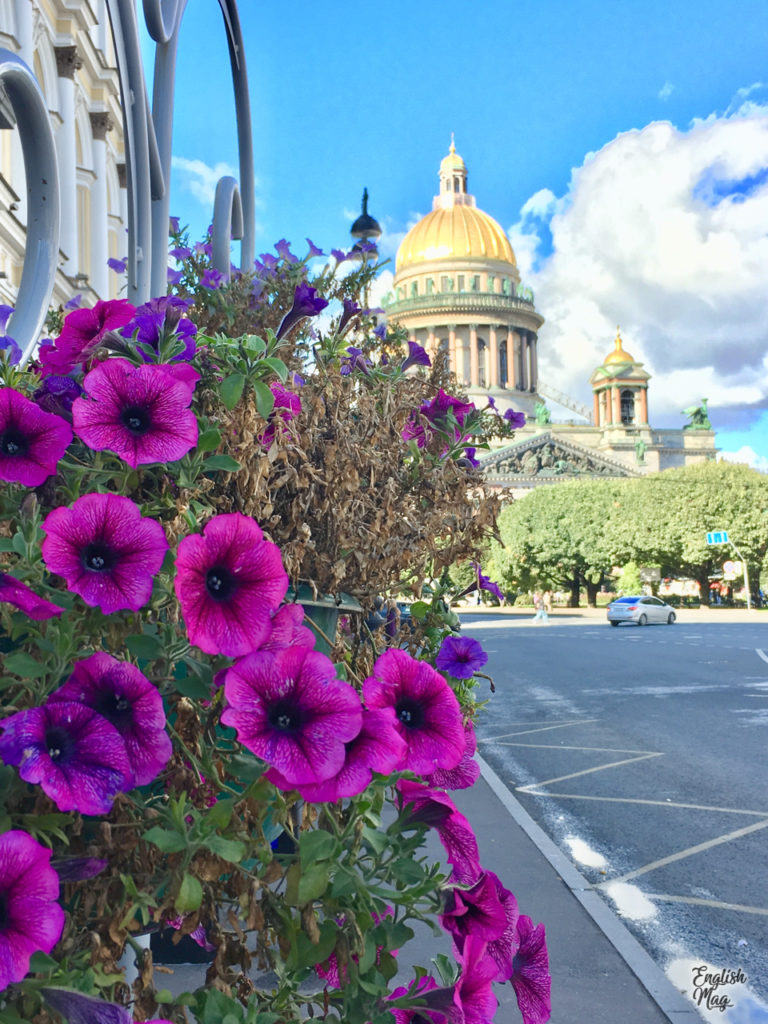
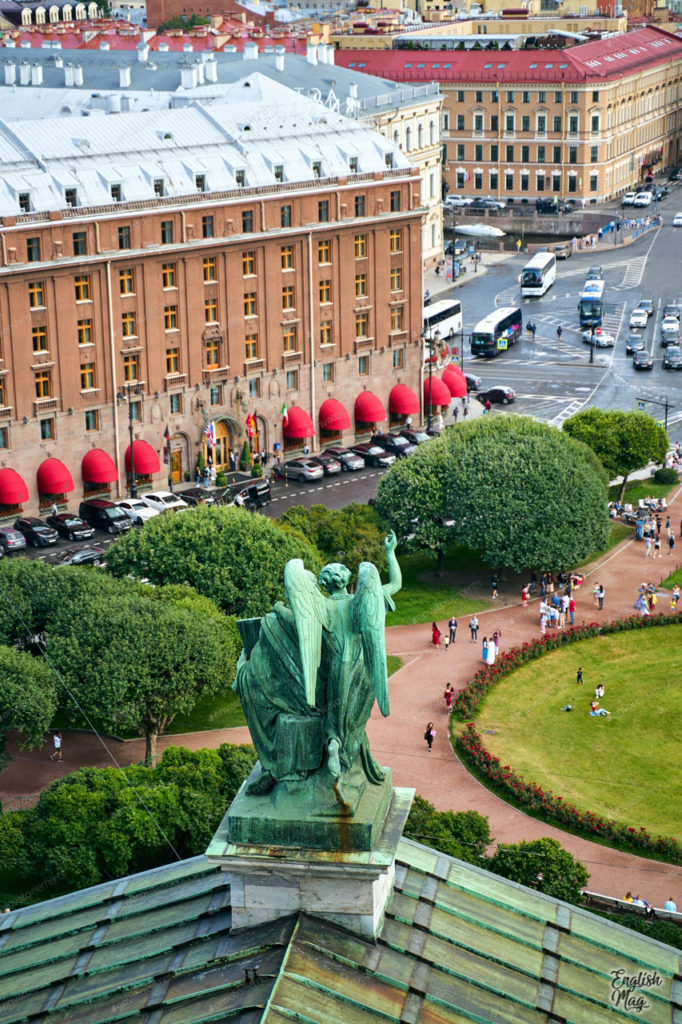 EnglishMag subscriber, Arina Melnikova was glad to share her thought about Saint Petersburg:
EnglishMag subscriber, Arina Melnikova was glad to share her thought about Saint Petersburg: